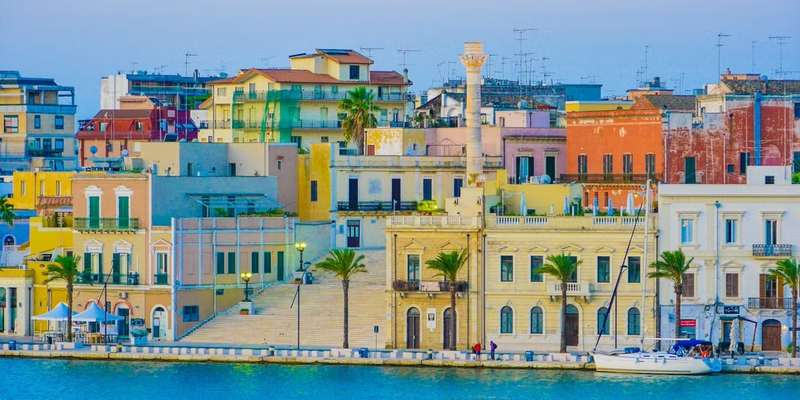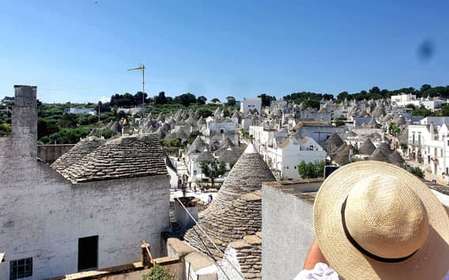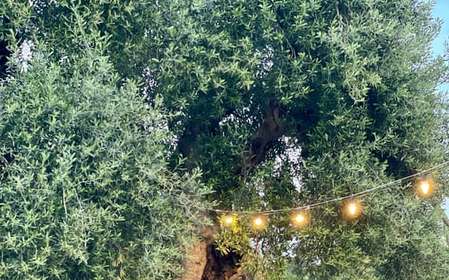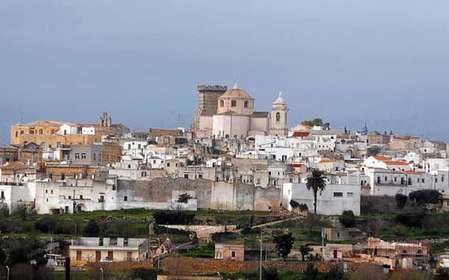- Home
- Useful Tips
- How to visit Brindisi's top...
Brindisi's layered history—from Roman columns to Norman cathedrals—often overwhelms visitors. Nearly 40% of day-trippers miss key monuments due to poorly marked routes (Puglia Tourism Board, 2023), while cruise passengers waste precious hours in ticket queues. The city's compact centro storico conceals Byzantine frescoes and Swabian castles behind unassuming alleys, leaving culture lovers frustrated. Without local insight, you might overlook the 2nd-century Trajan's Way milestones while searching for the iconic Roman columns. This coastal gateway demands smarter navigation to reveal its archaeological treasures.


Decoding Brindisi's monument maze – a strategic route to beat the crowds
The secret to efficient exploration lies in counterclockwise movement from the port area. Start at the slender Roman columns at Via Colonne—arrive before 9am to photograph them crowd-free. From here, a five-minute walk leads to the Provincial Archaeological Museum, where 15,000 Puglian artifacts tell Brindisi's story without the Vatican Museum-style lines. Mid-morning, head inland to the Cathedral of Brindisi, rebuilt after the 1743 earthquake. Locals know the side entrance near Piazza Duomo avoids the tour groups that cluster at the main doors. Time your visit for 11am when sunlight illuminates the 12th-century mosaic floor. This route solves the classic 'monument fatigue' problem by spacing highlights with cafe breaks at authentic spots like Caffè Roma.
Skip-the-line secrets for Brindisi's busiest sites
While Brindisi lacks the mass tourism of Florence, its compact size creates bottlenecks at two key locations. The Castello Svevo's 13th-century ramparts see hour-long waits when cruise ships dock—purchase the Puglia Archaeological Pass online to bypass these surges. For the Cathedral crypt's Byzantine art, visit during the Italian lunch hour (1-3pm) when large groups disperse. Smart travelers use the free Brindisi Card (available at the tourist office) for discounted entry to five monuments, including the overlooked San Giovanni al Sepolcro temple. Those short on time should prioritize the newly restored Palazzo Granafei-Nervegna, where €3 audio guides reveal Renaissance frescoes most walk right past.
Where to stay for seamless monument access
Location trumps luxury in Brindisi—the wrong neighborhood adds unnecessary transit time. The sweet spot lies within the 'triangle' formed by the train station, Roman columns, and Cathedral. Here, family-run guesthouses like Palazzo Virgilio offer 15th-century charm with modern comforts, steps from the Archaeological Museum. Budget-conscious travelers favor the B&B near Piazza Mercato, where morning espresso fuels early monument visits. For those combining Brindisi with Lecce, the Masserie countryside estates provide shuttle services—but ensure they include drop-offs at lesser-known sites like the Tancredi Fountain. Avoid the industrial port area hotels; what they save in cost, they lose in time spent reaching the historic core.
Local-approved alternatives when major sites feel overwhelming
When the Cathedral crowds peak or summer heat intensifies, Brindisi's hidden gems provide respite. The Chiesa di Santa Teresa showcases Baroque brilliance without entrance fees—ask the caretaker to illuminate the stunning ceiling (a €2 tip is customary). History buffs adore the nearly empty Roman-era water cistern beneath the Church of San Michele, accessible via free guided walks every Thursday. For a tangible connection to antiquity, join locals at sunset on the Scala di Virgilio staircase, where ancient poets once gathered. These alternatives solve the 'museum burnout' dilemma while delivering authentic interactions—the fruit vendor near San Paolo church often shares stories about the Knights Templar's presence in Brindisi.



